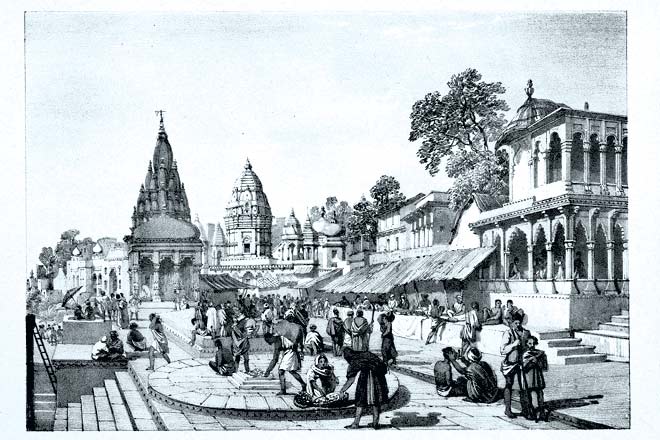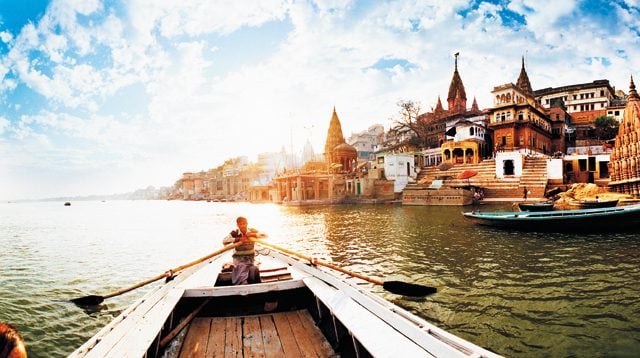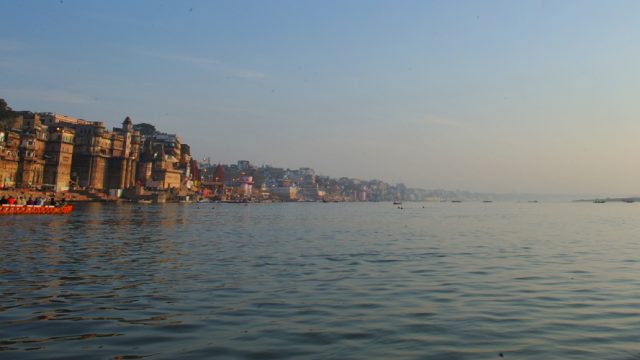Rule Britannia sent many men of fortune, chancers and rapacious thugs to India to help themselves to
Returning to Calcutta in 1832, he soon became a leading India expert, primarily as a brilliant numismatist. He established a uniform coinage for India and reforming the Indian system of weights and measures. He then went and deciphered the ancient kharoshti script by studying coins of Indo-Greek rulers, and established the system of reading India’s history through the study of coins that is now prevalent. As the editor of the journal of the Asiatic Society, his crowning moment was the deciphering of the brahmi script of the Ashokan rock edicts, and associating them with the historical figure of Ashoka. His idea of a compilation of Indian historical inscriptions resulted one of the greatest corpus of inscriptions in the world, which essentially began the study of Indian history. He literally worked himself to death, falling ill in 1838, before passing away in London in 1840. A phenomenally talented man, he was a great draughtsman as well, and during his decade in Benaras, he drew some fascinating lithographs of the city ghats, including this one of the Dasaswamedh Ghat. His illustrations were collected and published as Benaras Illustrated in 1830. An elegant memorial to this remarkable man stands by the Hooghly in Kolkata.
Time Traveller
Leave a Reply
You must be logged in to post a comment.





